Building a House in Cabo
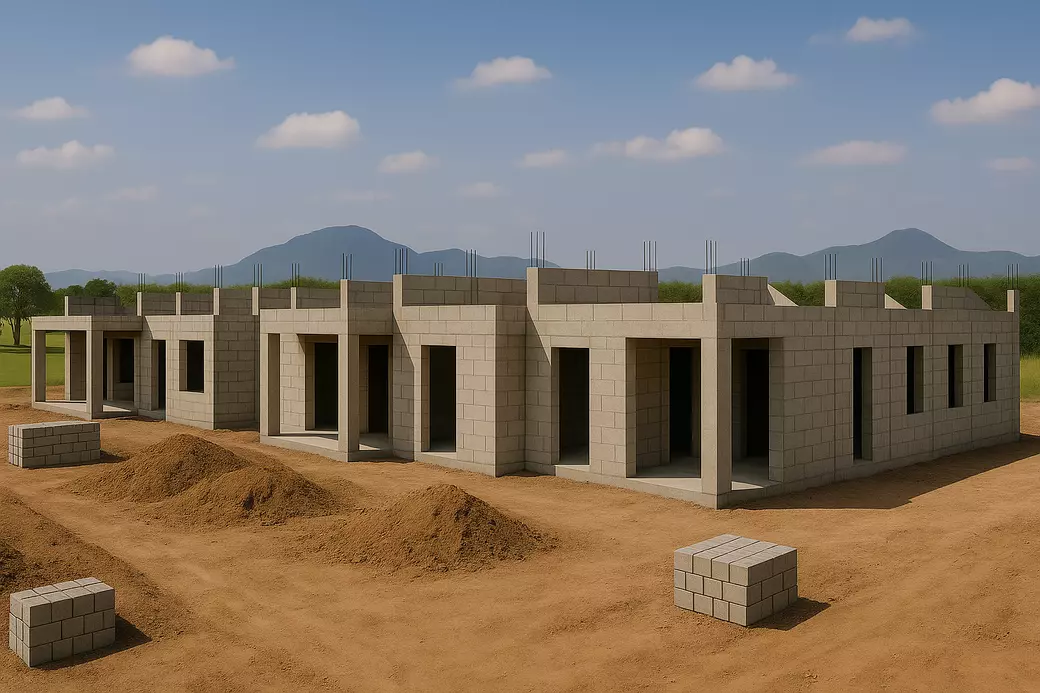
Home Construction in Cabo
One of my predictions this year is that we’ll see a surge in private construction—not just from developers, but from individuals buying land and building homes. Since the pandemic, construction activity has exploded, with an estimated 80% of the labor force coming from mainland Mexico because Baja simply doesn’t have enough workers to meet demand. That labor shortage, combined with high demand, pushed prices up significantly. At the same time, the peso has been strong, often trading between 16–18 to the U.S. dollar.
Why does that matter? Because when foreigners build in Mexico, quotes are in U.S. dollars but the actual expenses—construction crews, materials, permits, legal fees—are all in pesos. If you’re doing a $600,000 build, the exchange rate makes a huge difference: converting at 16:1 versus 20:1 can save or cost you tens of thousands of dollars. I’m not a currency expert, but I believe we’ll hover closer to 20:1 going forward, which is a net positive for Americans and Canadians. That shift should make private building projects more appealing again.
I’ve been helping quite a few people with builds—five right now, between the Pacific side, East Cape, and the Corridor, with another 2 starting soon in Palmilla and Diamante. I see more people moving this direction: building homes for themselves or to resell later. That’s very different from a developer putting up 200 condos. But it’s also a bit of the Wild West. Some people cut corners or skip permits altogether. One guy in Zacatitos was hit hard by local authorities because he didn’t pull permits. This isn’t the Baja of the 1990s—there is enforcement now.
Timing and currency swings are just as critical. If you started three years ago before interest rates spiked, you might have been paying at 20:1, only to watch the peso strengthen to 16:1. That’s brutal—suddenly your dollars convert to 15–20% less in pesos, right when inflation was pushing up costs. I’ve seen projects stall at 70% complete, with builders coming back asking for more money. At that point, owners usually face three options: pay more to finish, fire the builder and hire someone else, or pause the project until they can fund it again. None are ideal.
I have one client building a 7,000-square-foot home who waited more than a month just to get estimates from other companies. Builders have been so busy that many won’t even take the time to quote new work. It’s a lot like real estate when the market was red-hot—agents didn’t have to work hard to make sales, but when the market slowed, many weren’t prepared to hustle. The same attitude shows up in construction: when demand is sky-high, builders pick and choose, and clients can get left hanging.
That shortage of quality builders also creates wild swings in pricing. I had a client in Querencia—a lawyer from Denver—building a 4,000-square-foot home. He got two bids for essentially the same project, and the difference was more than a million dollars. Naturally, he asked, “Why wouldn’t I just go with the lower bid?” On the East Cape, I’ve seen quotes that are two to three times higher than what you’d expect even for high-end construction. A builder I work with shook his head and said, “Even if you put in marble toilets, that price doesn’t make sense.” The reality is that building is extremely capital-intensive. Many people buy land thinking they’ll build, but once they run the numbers, they realize it’s not so simple.
That said, I think a lot of people who’ve been holding land are finally going to start building. Maybe they didn’t like their quotes before, but bids are getting more reasonable. For a “regular” custom home, if you’re budgeting around $800,000 to $1,000,000, your pre-build “soft costs” (permits and filings, excluding the architect) will usually run about 1–2% of the budget—not a huge line item. Permitting can take a couple of months, depending on the municipality and timing. Around the holidays, offices slow down or shut, so it’s smart to build in extra time. This is also where having the right builder matters: they know which documents to submit and how to avoid costly delays.
I usually tell people that if you want to be living in your new home three years from now, you should be buying the land today. There are a lot of steps that always take longer than expected—closing, surveys, design, permitting. Even once everything is submitted, changes mid-process can cause big delays. We’re doing a 4,500-square-foot build in the Corridor, and after approvals, the clients decided to adjust the pool and garage. That meant resubmitting plans to the HOA and starting the approval process all over again. It’s common for couples to go back and forth on design decisions, and every change adds time.
The reality is that building always takes longer than you think. Once you break ground, you can usually count on 9 to 12 months to complete a home, depending on size and location. And personally, I get skeptical when a build goes too fast. Rushed construction often means corners are being cut, which shows up later as toilets that don’t flush properly, plumbing failures, or hidden workmanship issues inside concrete walls. In Mexico, with mortar and cement construction, fixing mistakes after the fact is expensive and invasive. It’s always better to do it right the first time than to rush and regret it.
Realistically, once your documents are in order, plan for three to four months of pre-build prep, plus 9–12 months of construction. That’s if you stick to the plan. But if you start making changes mid-build—which happens often—expect the timeline to stretch even further.
Fletcher Wheaton - fletcher@remexico.com
Categories
Recent Posts
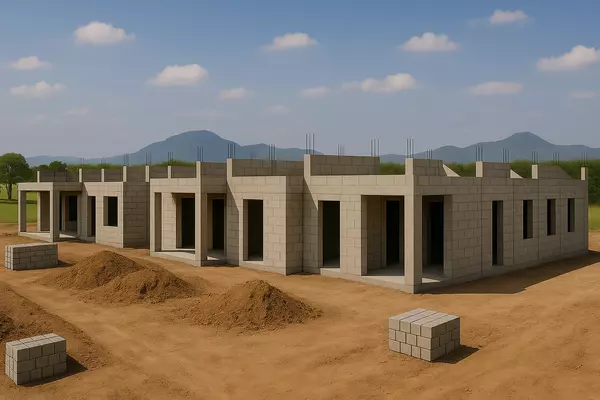
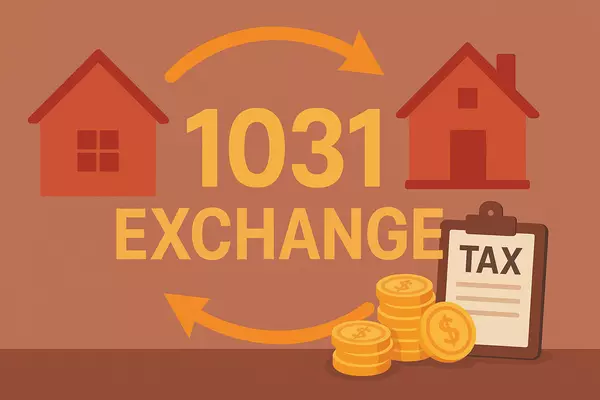


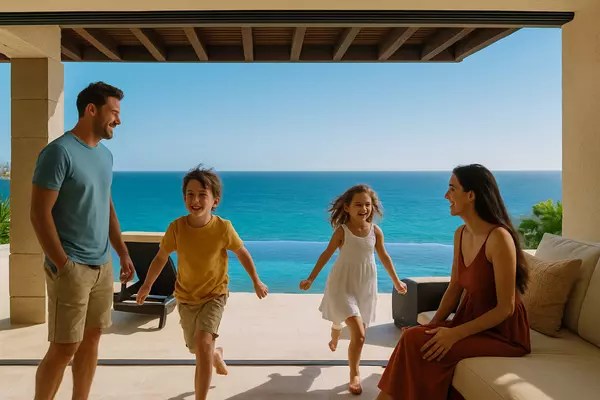

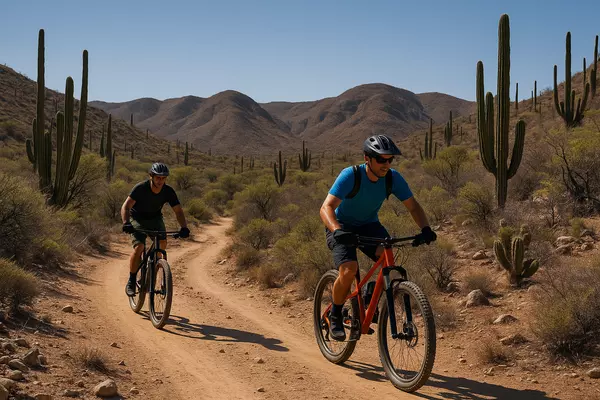

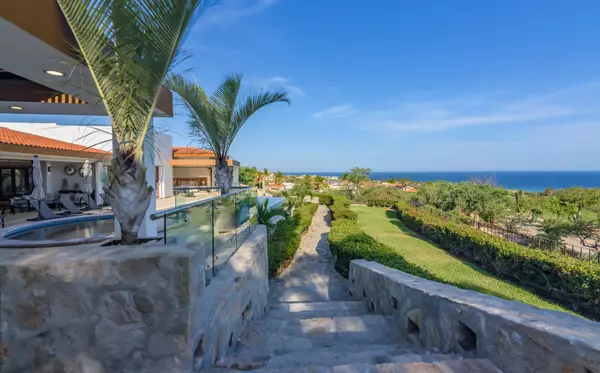

GET MORE INFORMATION

